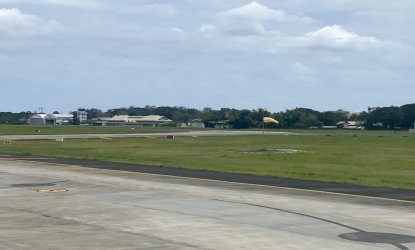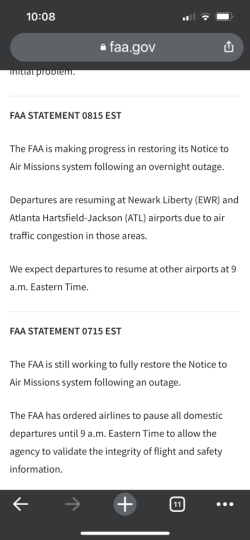RooFlyer
Veteran Member
- Joined
- Nov 12, 2012
- Posts
- 31,197
- Qantas
- Platinum
- Virgin
- Platinum
- Star Alliance
- Gold
SpaceX this morning launched 5 satellites for SkyKraft, which are an initial batch to demonstrate 'proof of concept' of a constellation of low earth orbit satellites to provide air services radio communication all over the globe, including in current radio 'dead spots' within large continents and over oceans. The final configuration will have about 200 satellites in low earth orbit (?160km? from the radio this morning... but I couldn't find confirmation of that).

 www.skykraft.com.au
www.skykraft.com.au
This is their main 'selling point':
If it works, how much of a 'game changer' will this be, both domestically and internationally? Or just a marginal improvement, in not needing a satphone call to change FLs etc?

Home | Skykraft.com.au
 www.skykraft.com.au
www.skykraft.com.au
This is their main 'selling point':
Currently, aircraft monitoring systems can only track aircraft up to 400 kilometres away from land and requires the aircraft to be in line of sight of a radar system.
These radar systems, in conjunction with radio communication, can result in long delays for pilots to be provided with approval to change course, something that Frater says will change with Skykraft’s satellites.
“So, if you’re flying from Sydney to Los Angeles and your aircraft hits turbulence, the pilot will now be able to get a clearance to change altitude much more quickly,” he said.
If it works, how much of a 'game changer' will this be, both domestically and internationally? Or just a marginal improvement, in not needing a satphone call to change FLs etc?

















